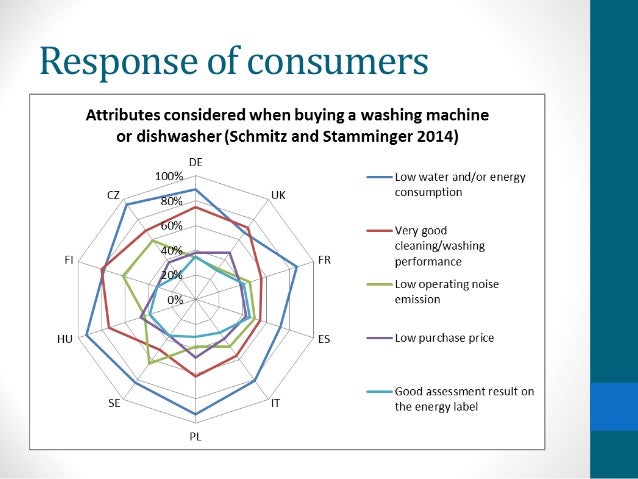The labels were introduced in 1992, the scale was updated in 2010 to add A plus and beyond, then the scale was updated again in 2017 (effective 2021) to go back to A to G. Every ten years or so is probably about as often as a customer needs to replace each appliance, so instead of learning how to interpret the sticker de la décennie they might as well do their own research. If customers don't care about energy use, they will ignore the stickers. And if they do care, the manufacturers can provide that information. One source suggests that customers care about water and energy consumption, but not the energy sticker. "One of the great mistakes is to judge policies and programs by their intentions rather than their results." Here is the sticker-pair that came with the refrigerator we bought. Pass or fail? Will the QR code help the customer compare models? It's just a link to a local-language version of the specs for this model. The same information is already available on the manufacturer's website. Meanwhile, there is an 15,000-word agreement between the EU and the EPA intended to coordinate use of Energy Star stickers in Europe, so the Energy efficiency directive was updated so public bodies' procurement policies would reflect the new guidelines. No, cancel that, the agreement expired in 2018, so Energy Star stickers may no longer be applied and databases and websites and bureaucratic paperwork must be updated again. Are we still saving? This seems like the most reasonable response to the energy stickers.yearly classification cycle seems like an overkill. Decade? That'd be closer to the mark.

There's a QR code on the new ones helping at estimation, or at least that's the intention

I simply don't mind them